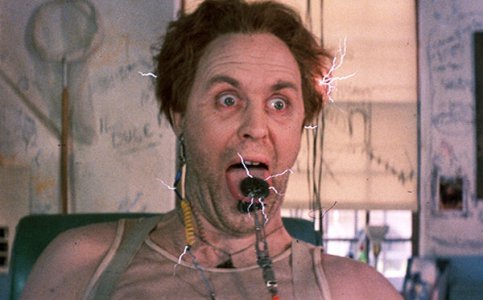- Joined
- Oct 13, 2014
- Messages
- 6,703
Many Thanks Mark, That is very helpful. I was doing some more digging around the net and found the windings need to be in series, so your schematic makes sense. I'll try it... If I never post again, please be sure to revise it, LOL.Here are two ways you could wire it Ed, "A" is the simplest and does not break the neutral line when off. "B" breaks both line wires when off.
You'll notice the Run and Start windings are interchangeable- swapping the ends of either one with respect to the other reverses the motor.
Mark S.View attachment 247924
I suspect it was wired like "B" before you cut it. If the motor was dual voltage you would want to use the "B" connection too for 220v.


